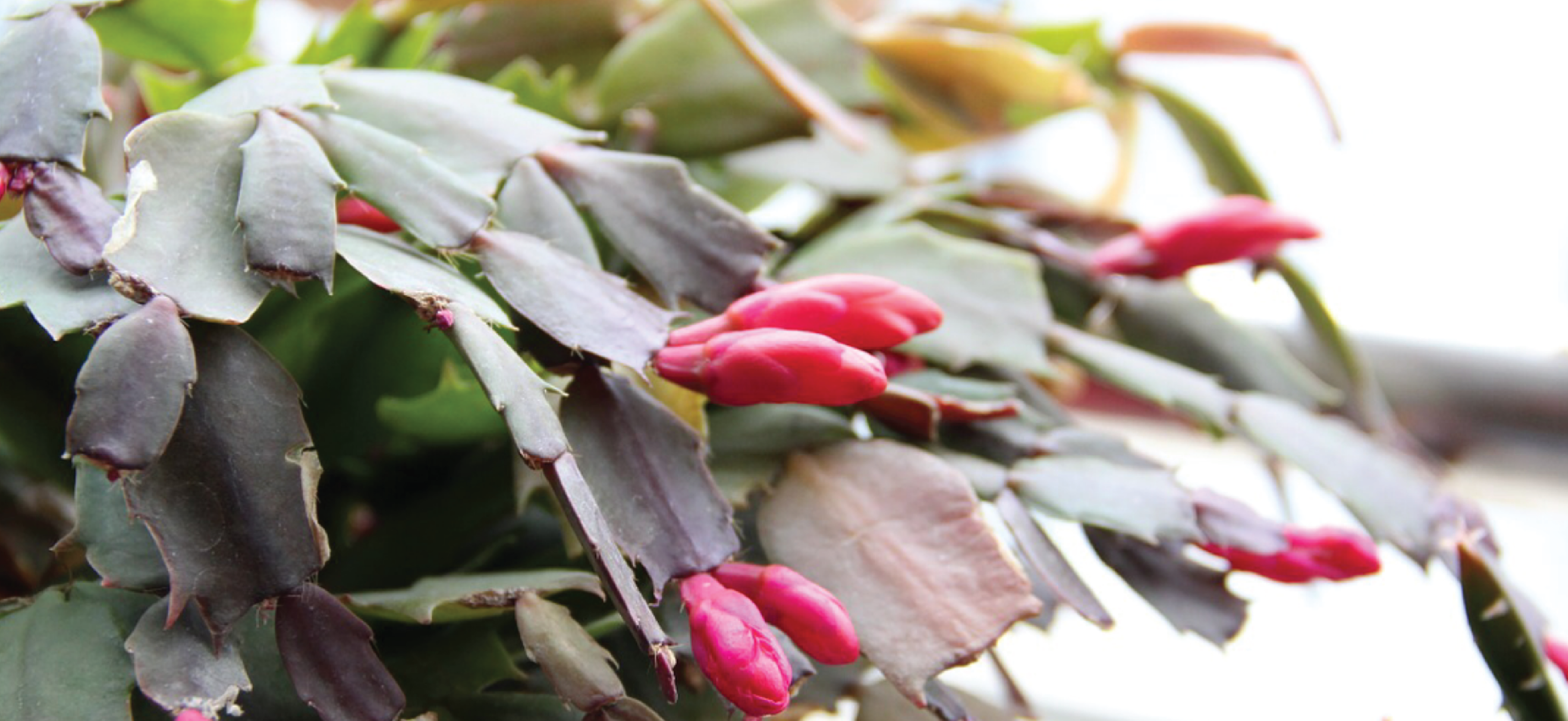Catholic Identity is a key element of a thriving Catholic school. In most Catholic schools, their Catholic identity is visible on the walls and in their traditions around the liturgical year. If you ask, most people in Catholic schools would say that they value their school’s Catholic identity, and that their Catholic identity is good. It is important, though, not to settle into thinking that Catholic identity is just something you have, and not also something you continually do. Let me offer an explanation of what I mean.
 In our home, my wife has two impressive houseplants. One is a Christmas cactus (which is really more of a Thanksgiving cactus). It doesn’t take much work – occasional watering is all it needs. It’s rather ordinary most of the year, but each November it puts a lot of energy into generating an abundance of beautiful flowers. The other houseplant is a hibiscus. The hibiscus is less effusive but more consistent than the cactus. For much of the year it generally produces several flowers each week. The consistent flowering, though, requires consistent work. My wife waters it every other day, pinches off the leaves that have turned yellow, fertilizes it from time to time, turns it every so often so that it grows more evenly, inspects it for bugs (washing them off as needed), and moves it outside in the summer and inside in the winter.
In our home, my wife has two impressive houseplants. One is a Christmas cactus (which is really more of a Thanksgiving cactus). It doesn’t take much work – occasional watering is all it needs. It’s rather ordinary most of the year, but each November it puts a lot of energy into generating an abundance of beautiful flowers. The other houseplant is a hibiscus. The hibiscus is less effusive but more consistent than the cactus. For much of the year it generally produces several flowers each week. The consistent flowering, though, requires consistent work. My wife waters it every other day, pinches off the leaves that have turned yellow, fertilizes it from time to time, turns it every so often so that it grows more evenly, inspects it for bugs (washing them off as needed), and moves it outside in the summer and inside in the winter.
Given a choice, most people would want the Christmas cactus instead of the Hibiscus. In the midst of our busy lives, it’s nice to have something that is low maintenance. I have come to realize, though, that while my wife likes the Christmas cactus, she loves the hibiscus. And I would propose that she loves it precisely because she cares for it daily.
We don’t want the Catholic identity in our schools to be a Christmas cactus – something we celebrate during important holidays and then simply water occasionally the rest of the year. We want our Catholic identity to be a hibiscus plant that we are regularly watering, fertilizing, turning, inspecting, and even pinching.
I was struck recently by a quotation from James Clear, author of the book Atomic Habits. He writes, “You do not rise to the level of your goals. You fall to the level of your systems.” There’s a lot of truth to that. Setting a goal for a strong Catholic identity is not enough; our schools need to have systems in place, habits of regularly nurturing faith, in the same way that my wife has systems and habits of care for her hibiscus plant.
And even though we who work in schools are always thinking of our students, I would propose that it’s important to begin by focusing on the faith lives and the faith formation of the faculty and staff in the school. If we have systems and habits of care to keep the faith of the adults alive and growing, then that faith will flow out to touch the faith of the students as well.
While it is good to set aside a couple of in-service days each year for classes to help faculty and staff have an informed faith, it’s even better to also have systems that share small bits of knowledge regularly – a little about this Gospel reading one week, a little about that saint the next week, a little about a particular part of the liturgy the week after that.
While it is good to have a retreat each year to help faculty and staff have a heartfelt faith, it’s even better to also have systems that regularly give them moments of quiet reflection, experiences of meaningful prayer, images or music that lift their spirits.
And if we want to help faculty and staff have a faith that is connected to their life and their ministry, we need to have systems that engage them in bringing those connections to the surface – small conversations in groups of three at each faculty meeting, for example, where teachers are invited to talk about what happened in their classroom that week and then pick a Gospel story that connects with those experiences.
The presence of an informed, heartfelt, and connected faith in each faculty and staff member is not something we can take for granted, and it’s not something that can be accomplished through a goal and a couple of days on the school calendar. Like my wife’s hibiscus that thrives from her regular watering, inspecting, turning, and fertilizing, a living faith among your school’s adults is the product of regular, patient, caring, attention. It is a product of love.


